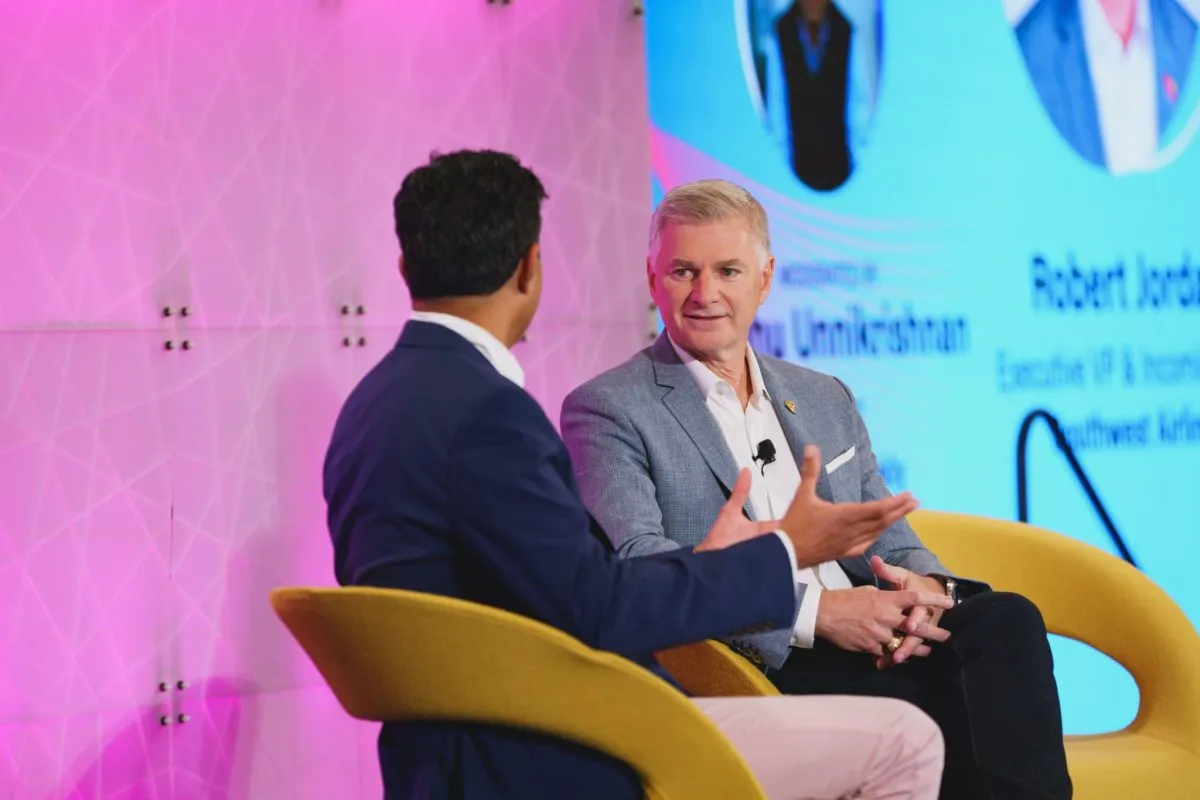How a GoPro Camera and a Rope Beat Brand USA on YouTube

Skift Take
Car manufacturers introduce new cars every year, phone makers come out with new phones, and theme parks add new rides.
Nothing helps marketers generate a buzz like new products with new features.
"With the marketing of any product, there's an advantage to having something new to present," said Amir Eylon, Vice President of Partner Engagement at Brand USA. "If the product lends itself to photography or video, that is likely to help even more. But this aspect of development is a challenge for DMOs, who don't typically have the budget nor the mandate to create new attractions and instead need to focus on trying to create enriching and creative storytelling to get visitors excited about attractions that have been around for many years."
One of the places this is most apparent is on Discover America's YouTube channel (Brand USA's consumer arm). The channel contains 345 videos, all of which have been professionally produced, including one directed by Dave Meyers, an award-winning director known for his celebrity music videos. The most views–about 1.5 million–belong to the Meyers-directed "Land of Dreams" video. Combined, all 345 videos have received about 7 million views.
Now let's compare this with a new destination product. Well, an unofficial one.
In 2012, a 28-year-old film-school graduate named Devin Graham and a group of daredevil climbers made a playful video in Utah called "World's Biggest Rope Swing" and put it up on Devin's YouTube channel. With the help of a GoPro camera and some climbing rope, Devin made what looks like a promotional video for this new bungy-jump-like attraction. "I had a budget of zero dollars, it took two days to film and a week to edit," Mr. Graham told Skift.
It currently has over 24 million views, over three times more than Brand USA's entire YouTube audience.
A great product, it seems, can trump a great marketing budget. To spin it another way, maybe the marketing department's budget would be better spent if part of it was used to create an easy-to-market product.
What product? Well, if they're looking for ideas, they might start by checking out Devin's YouTube clips. Maybe Devin isn't just creating fun-to-watch videos; he's creating new extreme attractions. We have insane roller coaster rides, BASE jumping, bungy jumping, zorbing (riding down hills and rivers in giant, clear PVC balls). The activities Devin is filming aren't all that much crazier than those. But they have a unique feature: they're new.
Asked if he's sees himself as a creator of cool unofficial tourist attractions, Mr. Graham answered: "Yes. We always look for new exciting things that no one has ever seen before."
The problem with the current DMO model is there's neither a position nor funds for creating attractions. But just as they added budgets and staff to manage their online communities in recent years, this is an area that needs similar attention.
Imagine the potential if Brand USA (or any tourist board) could combine their budget with some creative, new, media-friendly, brand-aligned experiences. (If New Zealand had invested some marketing funds into helping create the first bungie jump back in the early '90s, it would have been the best money they ever spent.)
It seems like DMOs and National Tourist Boards would do well to understand that marketing and product development are connected and it's very difficult to do one without the other.
Doug Lansky is the Destinations Editor for Skift, an author and travel writer who has been published in publications from The Guardian to National Geographic Traveler, a consultant for destinations, and a speaker at tourism conferences around the world. More at www.douglansky.com.




